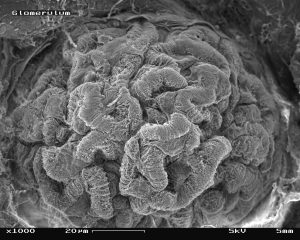Chapter 13. The Urinary System
13.0 Introduction

Chapter Objectives
After studying this chapter, you will be able to:
- describe the macroscopic and microscopic anatomy of the kidney;
- describe the anatomy of the nephron;
- describe the processes involved in urine formation: glomerular filtration, reabsorption, and secretion;
- describe how the kidneys vary urine concentration to maintain homeostasis;
- explain how the kidney alters blood volume and composition; and
- describe the anatomy of the urinary system and its role in urine storage and transport.
The urinary system has many functions, including the following:
- maintaining homeostatic levels of electrolytes in the plasma and regulating total body water content (osmoregulation) ;
- eliminating nitrogenous wastes;
- regulating plasma pH;
- maintaining long-term control of blood pressure;
- secreting erythropoietin, a hormone crucial to regulation red blood cell number; and
- converting vitamin D to its active form.
If the kidneys fail, these functions are compromised or lost altogether, with devastating effects on the body.
To carry out the vital functions of osmoregulation and waste elimination, the kidneys filter the entire plasma volume approximately 60 times per day, returning needed substances to the blood and eliminating excess electrolytes and nitrogenous wastes in the urine. Urine moves through the ureters to the urinary bladder, where it is stored until elimination. During urination, urine exits the body through the urethra.
This work, Human Physiology, is adapted from Anatomy & Physiology by OpenStax, licensed under CC BY. This edition, with revised content and artwork, is licensed under CC BY-SA except where otherwise noted.
Images from Anatomy & Physiology by OpenStax are licensed under CC BY except where otherwise noted.
Access the original for free at OpenStax.
Report an Error
Did you find an error, typo, broken link, or other problem in the text? Please follow this link to the error reporting form to submit an error report to the authors.
